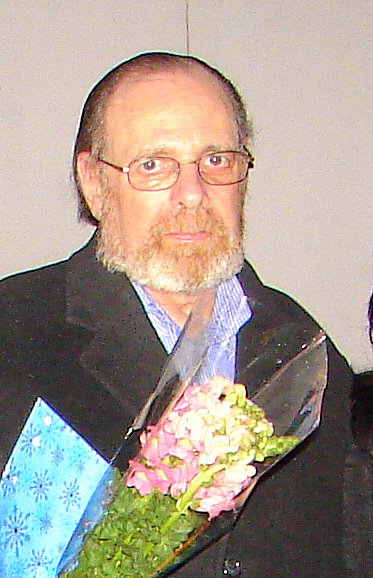The field of schizophrenia research has come alive with many exciting new potential approaches to treatment. From the introduction of chlorpromazine to the current day, all treatments approved by the U.S. Food and Drug Administration have had, at their core, a single treatment mechanism, the blockade of the dopamine D2 receptor. The introduction of clozapine in the 1980’s suggested a potential that other brain targets might complement the blockade of dopamine D2 receptors to treat symptoms that failed to respond to the “typical” antipsychotics. We are now entering an age where new treatments are being rationally developed within the context of translational neuroscience, i.e., the steps whereby basic molecular neuroscience leads to fundamental new mechanisms that can be tested in animal and human laboratory-based research that, in turn, leads to tests of new medications in our clinics. The January 1st issue of Biological Psychiatry includes encouraging new research related to three new treatment approaches.
In the first study, Olszewski and colleagues tested a novel drug that inhibits the breakdown of the transmitter N-acetylaspartylglutamate (NAAG), which activates a receptor that reduces schizophrenia-like behaviors in some animal models. Their findings indicate that this drug is effective in an animal model of schizophrenia. Joseph H. Neale, Ph.D., lead author on this project, comments, “While treating patients with receptor agonists can be highly effective therapy, drugs that increase the action of the transmitter that activates the same receptor have traditionally been very effective with fewer side effects than chronic agonist treatment.” He adds, “These data support the conclusion that NAAG peptidase inhibitors represent a breakthrough in the discovery of a completely novel means of adjunct therapy for schizophrenia that is analogous to the use of SSRIs [selective serotonin reuptake inhibitors] for the treatment of depression."
READ MORE @ EUREKALERT
Subscribe to:
Post Comments (Atom)


No comments:
Post a Comment